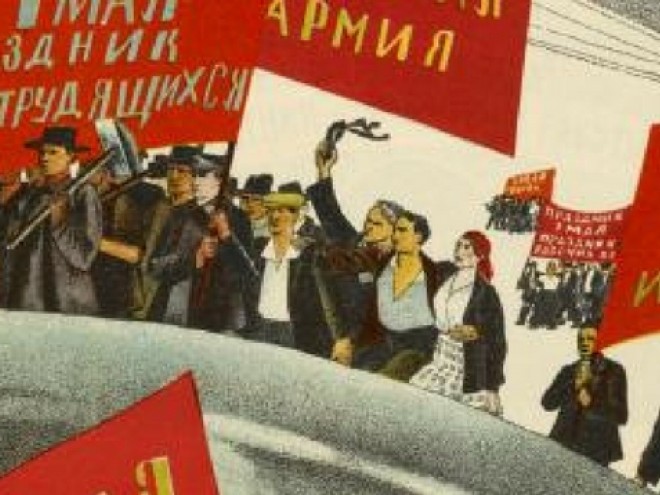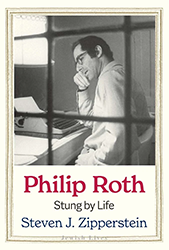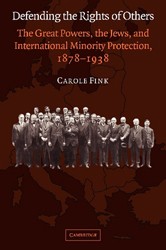A wave of mob-led massacres — pogroms — swept across the Pale of Settlement in Russia in the early 1880s, reaching hundreds of shtetls. The next wave, beginning in 1903, was even worse, with thousands of Jews murdered. Yet one pogrom stands out in historical memory as the symbol of them all: Kishinev, where 49 Jews were murdered on Easter weekend in 1903.
Professor Steven Zipperstein deconstructs the legend, showing how many of the common explanations of the pogrom’s causes simply aren’t true. There is no evidence that it was planned in advance by Russian officials, for instance, though that claim is widely believed. A letter attributed to the Minister of the Interior, Vyacheslav Konstantinovich Plehve, had supposedly proved the government’s role, but there is no evidence he wrote it. And a colleague of Plehve’s explicitly said the minister had no connection with the events in Kishinev.
That sets the stage for Zipperstein’s inquiry into why Kishinev became such a widespread and durable symbol. The answer to that question is eerily contemporary: the impact of the media, and the eloquence of a great work of art. News of the pogrom went viral because the head of the Zionist movement’s correspondence bureau in Kishinev, Jacob Bernstein-Kogan, sent telegrams to news outlets in Europe and America. He informed the Hearst newspapers that the writer Michael Davitt had been an eyewitness to the massacre, and as a result, Davitt’s dispatches appeared in the New York American, where they were avidly followed.
The poet Hayyim Nahman Bialik was also in Kishinev at the time and was moved to compose what. Zipperstein calls “the finest — certainly the most influential — Jewish poem written since medieval times.” “City of Killing” evokes the horrific details of the sadistic murders and brutal rapes in Kishinev. It was an instant sensation. Like Picasso’s Guernica or the film An Inconvenient Truth, Bialik’s poem galvanized the public to take action.
That took many forms. “City of Killing” reinforced the urgency of Zionism’s goal to secure a refuge for Jews. The poem, and Davitt’s reports of the pogrom, also spurred the creation of the Haganah, the precursor to the Israel Defense Force. Beyond the Jewish world, they helped inspire the founding of the NAACP and influenced Mahatma Gandhi.
Zipperstein saves his biggest revelations for last. He was able to gain access to the long-lost private papers of Pavel Krushevan, a Kishinev writer and a ferocious anti-Semite who had agitated against Jews for years, especially in the local newspaper he published. Zipperstein concludes that ultimately it was Krushevan and his associates who incited the pogrom.
Krushevan’s newspaper, it turns out, was also the place where “The Protocols of the Elders of Zion” was first published, under the headline “The Program of World Conquest by Jews.” The “Protocols” had been shown to be clumsily adapted from a French satire about Napoleon III dating from 1864. Zipperstein concludes that its appearance in the Kishinev newspaper points to Krushevan as creator, or co-creator, of its anti-Semitic incarnation.
Zipperstein writes about his deep scholarship accessibly, with a light touch and in a distinctly personal voice. Pogrom has much to offer not only students of Jewish history, but to anyone fascinated by the effects of media, culture, and personality on the course of human events.
Bob Goldfarb is President Emeritus of Jewish Creativity International.




